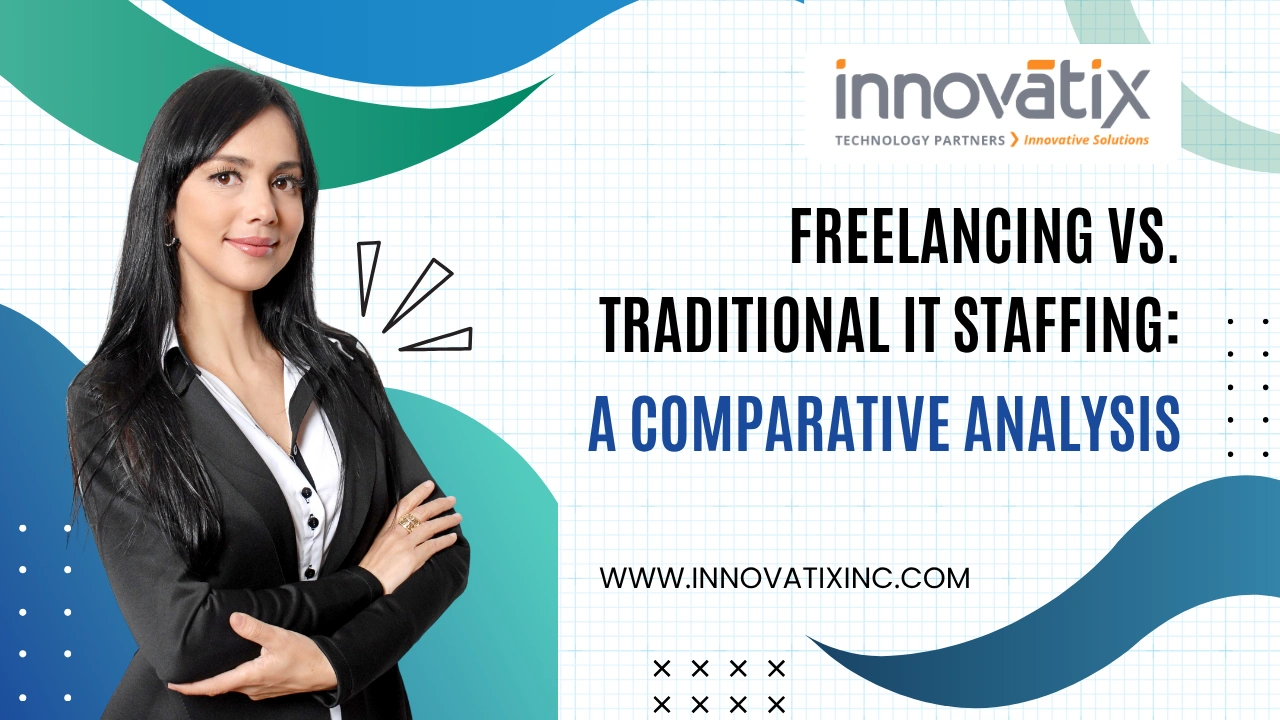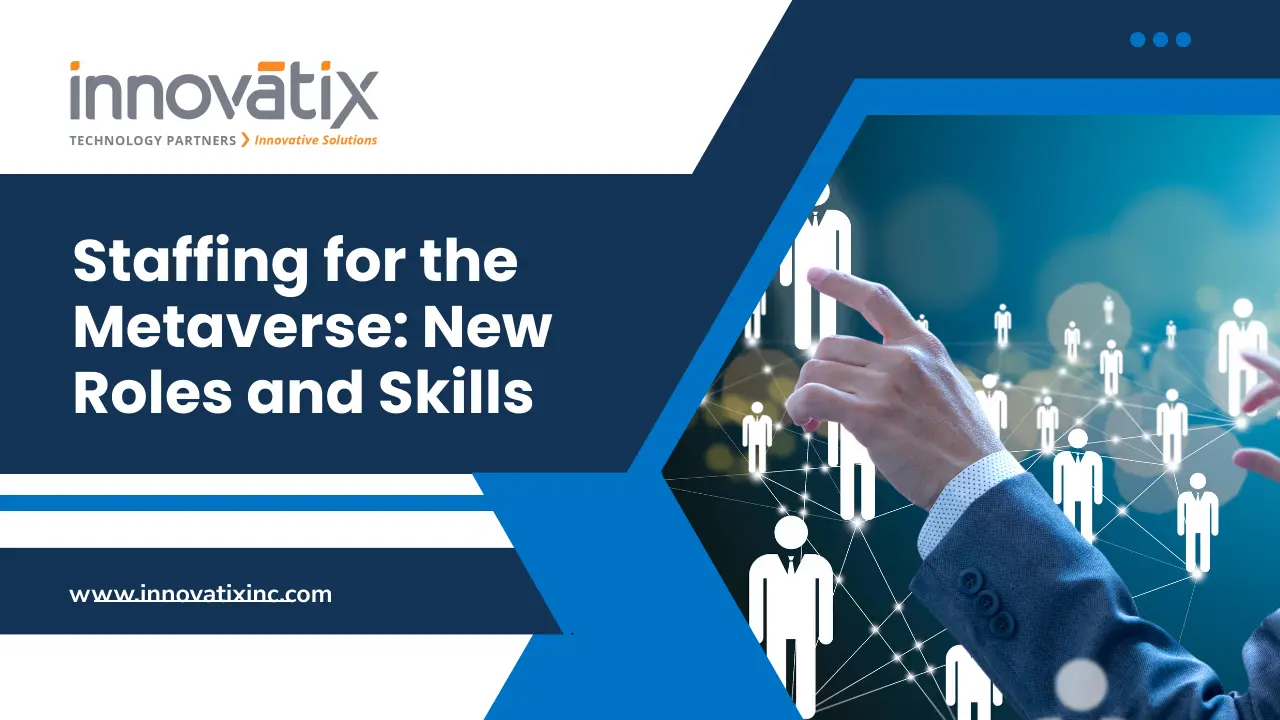Tahir Ali
Home » Archives for Tahir Ali

Tahir Ali
Tahir Ali is a seasoned IT staff augmentation professional with over 30 years of experience, the last ten focused on strategic business development leadership and talent acquisition. His career trajectory demonstrates continuous growth and success in the placement business. As Director of Business Development at Innovatix Technology Partners, he has played a pivotal role in shaping the strategic direction of the organization's staff augmentation line of business. His responsibilities extend beyond conventional business development, encompassing talent acquisition and H1B process management. Tahir's deep industry knowledge and talent acquisition expertise have identified and recruited top talent aligned with client needs. Leveraging his vast industry experience, he ensures that suitable candidates are identified and brought on board to meet client requirements. Tahir's keen eye for talent, combined with his understanding of the technical landscape, has contributed to the sustained success of his teams. In addition to talent acquisition, Tahir takes charge of the H1B process, navigating the complexities of immigration regulations and ensuring compliance.










